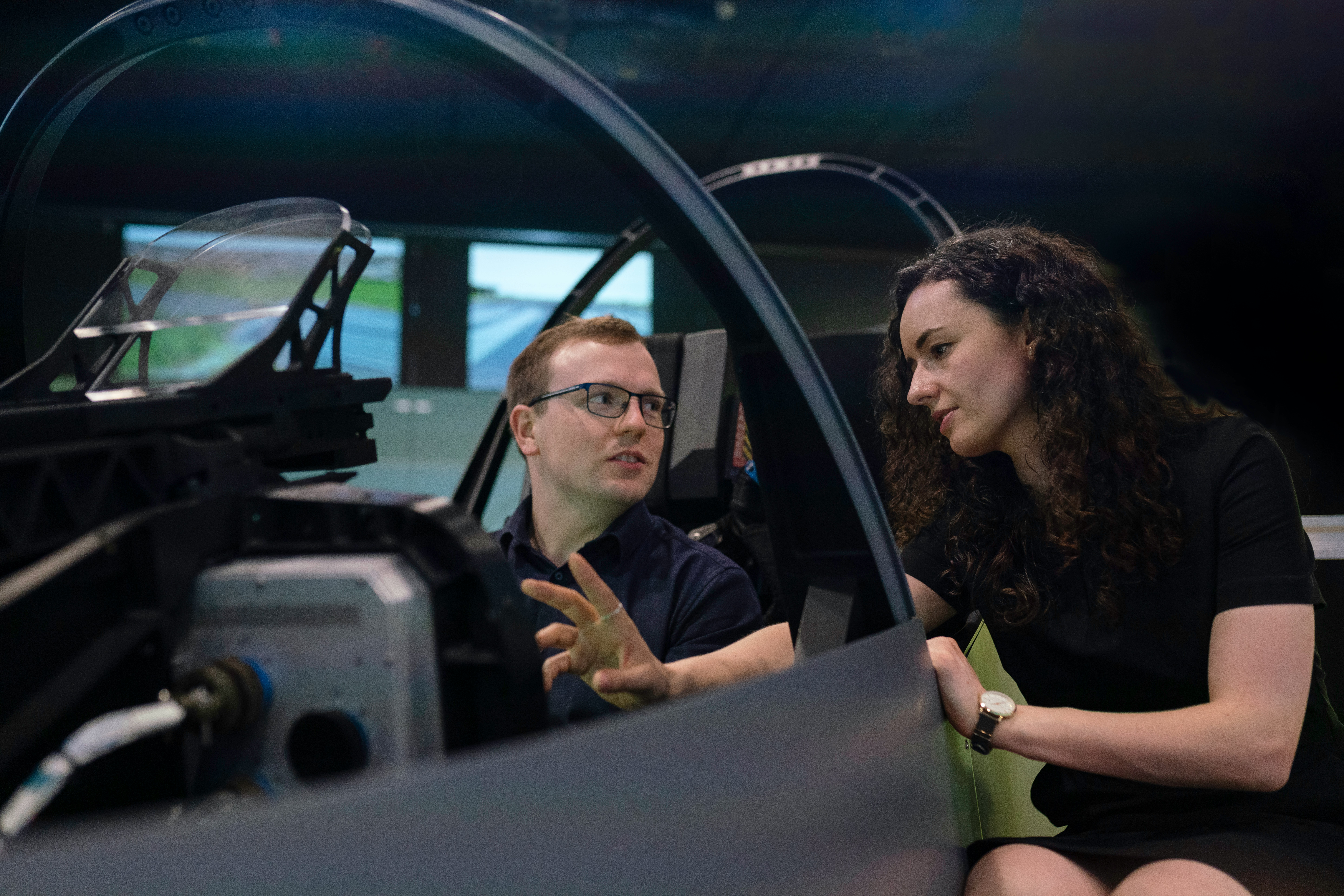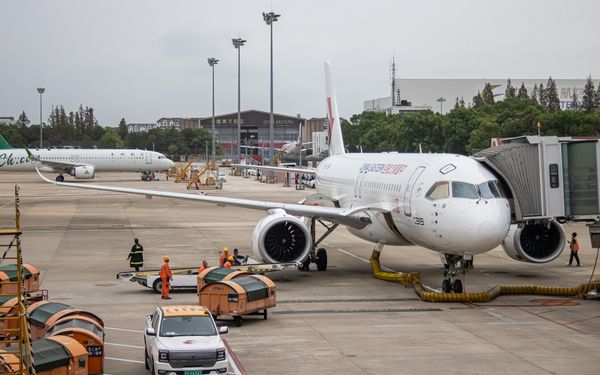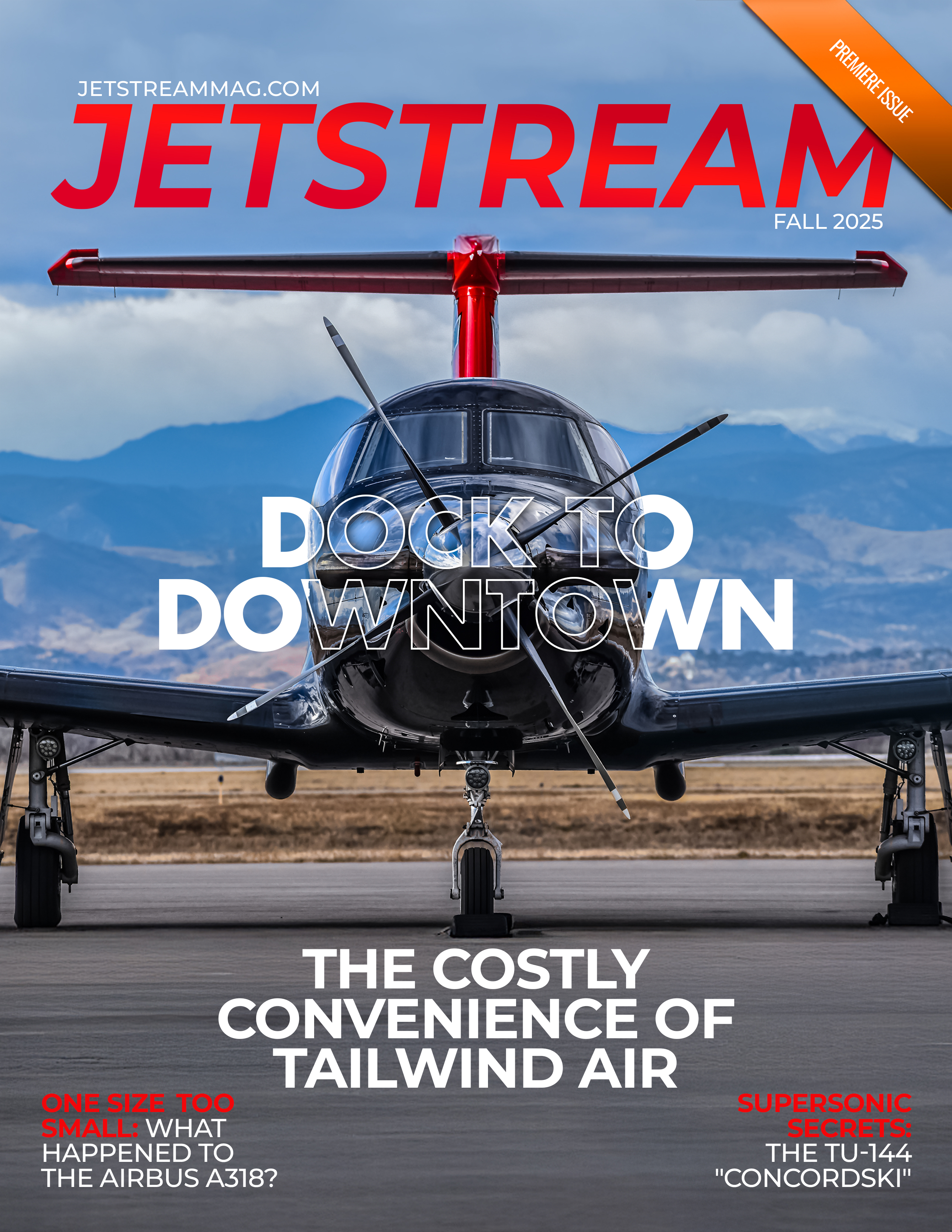Aerospace engineering has always represented the pinnacle of human innovation - a field that blends creativity, science, and technology to push the limits of flight and space exploration. From building next-generation aircraft to designing satellites that orbit distant planets, aerospace engineers shape the future of how humanity explores and connects with the universe.

For students stepping into this exciting discipline, the journey can be both thrilling and overwhelming. Aerospace programs demand not just intelligence but endurance, discipline, and passion. Between complex physics, mathematical modeling, and late-night design labs, succeeding as an aerospace engineering student requires strategy, not just talent.
That’s why understanding how to study effectively, manage your time, and find the right academic support — such as professional research paper help when needed — can make all the difference. It’s not about shortcuts, but about building a foundation for lifelong learning and professional success!
Understanding What Aerospace Engineering Really Entails
Before diving into coursework, it's essential to understand what aerospace engineering covers. The field is divided into two main branches:
- Aeronautical Engineering: Focuses on the design and development of aircraft that operate within Earth's atmosphere - like planes, helicopters, and drones.
- Astronautical Engineering: Deals with spacecraft, rockets, and satellites that operate beyond the Earth's atmosphere.
Students study a mix of physics, aerodynamics, propulsion systems, structural mechanics, materials science, and control theory. Mathematics forms the language of aerospace, and computer programming is becoming increasingly important, particularly for simulations and computational fluid dynamics (CFD).
It's not just about building machines - it's about solving real-world challenges like fuel efficiency, environmental sustainability, and flight safety.

Building a Strong Academic Foundation
Success in aerospace engineering starts with mastering the fundamentals. Before working on advanced designs, you need to have a solid grasp of the basics:
- Mathematics: Calculus, differential equations, and linear algebra form the bedrock of engineering analysis.
- Physics: Understanding motion, thermodynamics, and electromagnetism is critical for designing safe and efficient systems.
- Computer Skills: Tools like MATLAB, Python, and CAD software (like CATIA or SolidWorks) are standard in most programs.
- Chemistry and Materials Science: Knowledge of composite materials, metals, and polymers helps in creating durable, lightweight designs.
Many first-year students underestimate how these subjects connect - but every concept builds toward applied problem-solving in later years. Keeping your notes organized and revisiting them before each new course helps reinforce these connections.
Effective Study Habits for Aerospace Students
Aerospace engineering isn't a program you can coast through. It requires structured effort and intelligent planning.
Here's what works best for engineering students:
- Set specific study goals. Break big tasks into smaller objectives, like mastering one equation or concept per session.
- Balance theory and application. Reading about Bernoulli's principle is one thing - testing it in a lab or simulation makes it stick.
- Use visual learning. Diagrams, flowcharts, and animations help clarify complex systems like propulsion or aerodynamics.
- Form study groups. Discussing and explaining topics to peers enhances retention and reveals new insights.
- Practice problem-solving daily. Engineering exams are not about memorization - they test how you apply concepts to new scenarios.
When the workload feels overwhelming, it's perfectly fine to seek external academic support or structured writing help. Services that offer research paper help can guide you through research-heavy reports or technical documentation, allowing you to focus on core projects.
Managing Projects and Practical Work
By the time students reach their second or third year, projects become the heart of learning. From designing model aircraft to running wind tunnel experiments, these assignments mirror what professionals do in the industry.
To excel in practical projects:
- Start early - research, design, and test incrementally.
- Keep detailed documentation of every test, calculation, and modification.
- Learn how to use lab equipment and software safely and efficiently.
- Seek feedback frequently from professors and peers.
Teamwork is also a huge part of aerospace engineering. Collaborating on projects teaches you how to communicate technical ideas clearly - a skill employers value as much as technical expertise.
Overcoming Common Student Challenges
Every aerospace student faces challenges, from time pressure to self-doubt. The key is recognizing them early and using strategies to manage them.
Time Management
Between coursework, labs, and group meetings, schedules can get chaotic. Use planners, digital calendars, or even Kanban boards to prioritize tasks.
Technical Writing
Many students underestimate how much writing is involved - lab reports, design documentation, and research essays all require precision and clarity. If you're unsure how to present complex ideas coherently, educational resources and writing experts can help. Annie Lambert, an expert writer from EssayPro's essay writing service, often advises that "good engineering writing should be as precise as the calculations behind it."
Burnout and Motivation
Engineering is demanding. Maintaining physical and mental health is crucial. Exercise regularly, eat well, and take breaks. Sometimes, stepping away from a problem helps you see it more clearly later.
Internships and Industry Experience
Aerospace engineering thrives on experience. Landing internships with airlines, defense contractors, or space agencies allows students to apply classroom concepts to real projects.
Tips for securing an internship:
- Join professional organizations like AIAA (American Institute of Aeronautics and Astronautics).
- Attend career fairs and networking events.
- Maintain a strong academic portfolio that highlights projects and skills.
- Don't hesitate to reach out directly to companies with a personalized email expressing your interests.
Employers value enthusiasm and initiative. Even small internships or volunteer experiences can lead to valuable industry connections.
Planning Your Career Path
After graduation, aerospace engineers can work in a wide range of fields:
- Aircraft and spacecraft design
- Propulsion and aerodynamics
- Systems integration
- Satellite technology
- Aviation safety and maintenance
- Research and development
Some students pursue advanced degrees in aerospace or mechanical engineering, while others branch into management or entrepreneurship. The field is dynamic, offering both stability and room for exploration.
Whatever path you choose, continue learning. Aerospace technology evolves rapidly - staying updated with emerging trends ensures you remain relevant in the workforce.
Final Thoughts: Soaring Toward Success
Studying aerospace engineering is not easy, but it is immensely rewarding. It demands curiosity, patience, and an unwavering commitment to problem-solving. Every challenge - from a failed simulation to a late-night project - is part of the process of becoming a capable engineer.
In the end, aerospace engineering isn't just about building machines that fly - it's about building confidence, resilience, and the vision to reach beyond the horizon!
Inside the Cockpit: Interviews with Young Pilots Getting Their Wings » How to Study Aerospace Engineering and Succeed as a University Student » EgyptAir Looks to Add Chicago, Los Angeles Flights in 2026 »
Comments (0)
Add Your Comment
SHARE
TAGS
INFORMATIONAL Aerospace Aerospace Engineering Tips University Study SchoolRECENTLY PUBLISHED
 Beijing's Boeing: What It's Like Onboard China's COMAC C919
Aboard China's COMAC C919, I experienced more than just a flight; I witnessed China's ambition to challenge decades of Western dominance in the skies. Could China really build a world-class passenger jet?
TRIP REPORTS
READ MORE »
Beijing's Boeing: What It's Like Onboard China's COMAC C919
Aboard China's COMAC C919, I experienced more than just a flight; I witnessed China's ambition to challenge decades of Western dominance in the skies. Could China really build a world-class passenger jet?
TRIP REPORTS
READ MORE »
 EgyptAir Looks to Add Chicago, Los Angeles Flights in 2026
Egyptair this week filed with the U.S. Department of Transportation (DOT) to request authority for new non-stop flights between Cairo International Airport and two additional destinations in North America. The national flag carrier, a member of the prestigious Star Alliance, seeks to introduce service to Los Angeles International Airport (LAX) in May 2026 and Chicago O’Hare International Airport (ORD) in June 2026.
ROUTES
READ MORE »
EgyptAir Looks to Add Chicago, Los Angeles Flights in 2026
Egyptair this week filed with the U.S. Department of Transportation (DOT) to request authority for new non-stop flights between Cairo International Airport and two additional destinations in North America. The national flag carrier, a member of the prestigious Star Alliance, seeks to introduce service to Los Angeles International Airport (LAX) in May 2026 and Chicago O’Hare International Airport (ORD) in June 2026.
ROUTES
READ MORE »
 Inside the Cockpit: Interviews with Young Pilots Getting Their Wings
If you want to understand the new generation of aviators, listen to their stories: the obstacles they face, the ways they shortcut common problems, and the smart moves that actually help them earn their wings.
INFORMATIONAL
READ MORE »
Inside the Cockpit: Interviews with Young Pilots Getting Their Wings
If you want to understand the new generation of aviators, listen to their stories: the obstacles they face, the ways they shortcut common problems, and the smart moves that actually help them earn their wings.
INFORMATIONAL
READ MORE »




